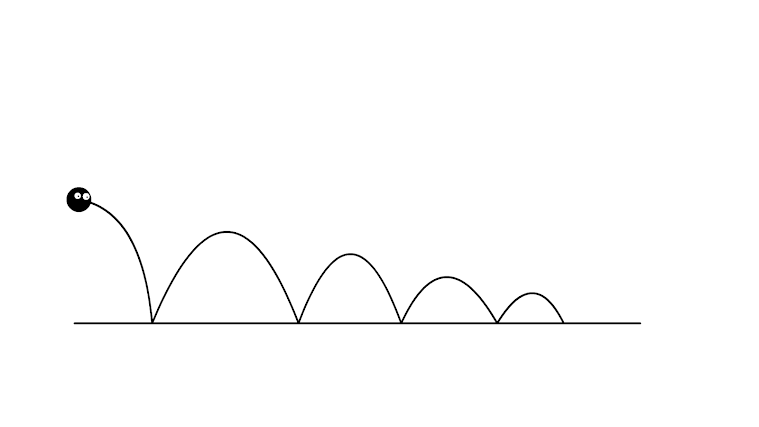Fantastic Voyage: Analysing The Evolution Powerpoint
I now want to look back at the PowerPoint to investigate the information in more detail in order to help me to identify what sort of things I want to include in my animation. The animation I have to create is only 3 minuets and I have to take into consideration everything has to be made and animated in 3D.
At the beginning of the presentation it mentions a man named Rudyard Kipling. I decided to research him in order to understand who he was and how he is linked to evolution.
Kipling was a famous Indian born British writer and poet, active around the late 19th and early 20th centuries. He wrote a book called "Just So Stories" published in 1902, which gave fictional backstories to how animals gained their specific features
He made up and told the stories to his daughter in order to put her to sleep at night. At the time she was 6 making his target audience children, the same audience I want to aim my animation towards. As the book is considered a classic of children's literature, I want to investigate some of the stories in further detail in order to understand how they engage a young audience.
The first story was called 'How The Whale Got His Throat'. The story is about a whale who eats all the sea creatures, no matter their size. He's very greedy and eats until no fish are left in the area. After hearing him complain a small stootfish tells him that he should eat a man instead. The whale likes this idea and decides to follow the coordinates to a man on the raft, the stootfish told him about. The whale decides to eat the man and his raft whole. After a while the whale begins to feel sick from the man moving in his stomach and so asks him to leave. The man tells the whale to drop him back home. As they travel to the shore, the man uses his raft to create a grate in the whales throat. The man leaves and the whale is left in pain from the grate. The whale can no longer eat all the fish and can now only eat very small fish.
The story is meant to explain why whales today only eat small fish in a fun way. The language used is fun, with certain sections of the text rhyming. This makes the text more interesting to listen to. The story isn't too complicated and also has an amount of believability to it, which would most likely trick any child, if told in the right way.
The second story I read was 'How The Camel Got His Hump'. On an undiscovered sandy desert lived a bad tempered, lazy camel. The camel spent all its time eating and admiring its many features in the waters reflection. The Camel was most proud of its smooth flat back. Man along with Dog, Horse and Ox, spend the first three days building Earth. On each day each of the animal asks Camel to help in which they reply with a "Hump". To make up for Camel's laziness all the animals have to work twice as hard. The animals get angry with Camel and ask the djinn, who created the desert, to speak with Camel. The djinn asks Camel why they wont work, with them once again responding with a "Hump". After several questions result in Camels saying of the word "Hump", the djinn decides to use his magic to get the Camel to do work. He transforms the Camel, giving them a hump since that their favourite word. The Camel now has 3 days worth of food stored in his hump allowing them to make up the time the other animals spent working.
Like the other story, this teaches the listener not to be greedy and further builds upon this by also making the Camel lazy. The Camel in the story was clearly in the wrong from the start and this is further reinforced every time the Camel says "Hump" to the other animals. It gets to the point where the Camel is forced to help, which eventually leads it to learn the errors of its ways.
The stories written relate to Lamarckism, a theory popular around the 1860's, which theorised that animals inherit the useful characteristics from their parents. Inheritance of acquired characteristics. Many scientists at the time attempted to prove Lamarck's theory, however non were successful. As we know today Lamarck's theory does not work and is largely discredited in favour of Darwin's theory. Just So Stories is a fictional representation of the Lamarckian theory since no one could actually prove it in reality.
The presentation goes on to introduce Charles Darwin and gives an overview of his life.
- Born in 1809
- Set sail on the HMS Beagle in 1831
- Published his book "On The Origin Of Species" in 1859
- Santa Cruz Island
- Pinta Island
- Fernandina Island
- Santiago Island
- Variation within species (intraspecific)
- Survival of the fittest - Competition for food and water
- Those that survive are most likely the ones to reproduce and so pass on their genes
- Leading to less adapted to become extinct
- Mutations within a species sometimes occurs for better or worst


Comments
Post a Comment